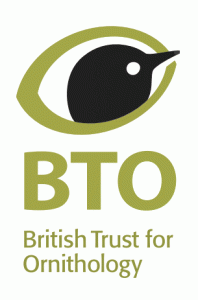Our Robin bird guide will help you to get to know your red-breasted garden friend better. You can spot Robins all year round, but they are a more familiar sight in winter and certainly on Christmas cards and decorations.
It's impossible to tell the difference between male and female birds as they look identical. Young birds are golden brown in colour with no red breast. Despite their cute appearance, they can be very territorial and aggressive to unwanted intruders. In fact they will often fight to the death to defend their area.
You'll only see two robins together when they are mating. They love eating insects, fruit and seeds and are very loyal to their food sources and particularly enjoy ground feeding.

Did you know that although Robins may look the same, each Robin has a completely unique red breast pattern!
To find out more about other birds, take a look at our interactive bird guide.

About
Robins are said to be the nation's favourite bird. Characterised by their red breast and brown back.
Locations
Robins can be spotted in most areas across the UK
Habitat
Woodlands and gardens
Diet
Insects, fruits and seeds
Breeding
Robins will lay two broods between March and July. Their nests are made from moss, grass and leaves and will hold a clutch of 4-5 white and red speckled eggs. The incubation period lasts approximately 14-16 days.
BTO Facts
According to Garden BirdWatch data, which has been collected since 1995, Robins are most frequently seen during January in around 93% of gardens. Robin numbers in gardens have remained relatively stable in gardens since Garden BirdWatch began. However, they are quite susceptible to cold winters, which do tend to have a negative effect on the population.

Food we recommend




